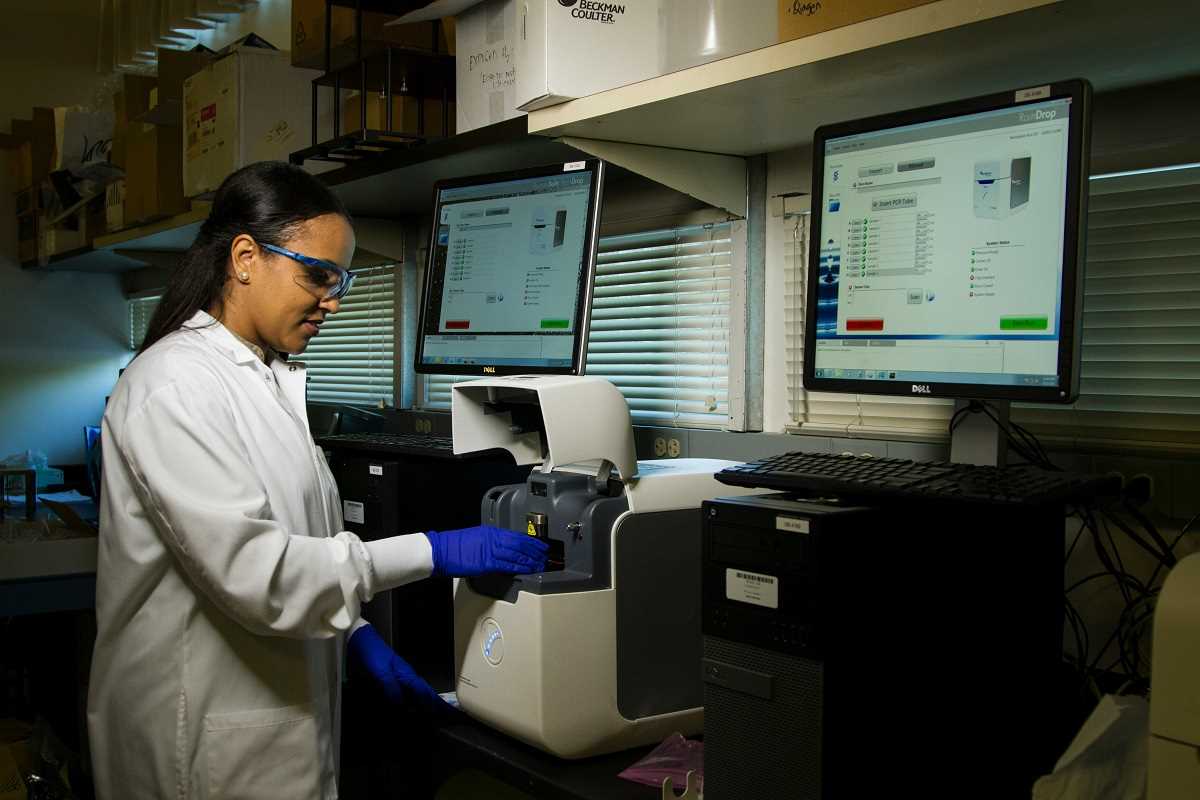A digital twin is a virtual representation of a physical object, system, or process that uses real-time data to simulate, monitor, and optimize its counterpart in the real world. This technology allows businesses to experiment with scenarios, predict outcomes, and make informed decisions without the risks or costs associated with real-world trials.
Here, we'll delve into how digital twin technology can create new opportunities for businesses and reshape their operations.
Optimizing Operations with Real-Time Insights
One of the most compelling benefits of digital twin technology is its ability to provide real-time insights into operations. By creating a dynamic virtual replica of physical assets, businesses can monitor performance, identify inefficiencies, and predict potential failures.
For example, in manufacturing, digital twins of machinery allow operators to monitor wear and tear, ensuring timely maintenance and minimizing downtime. In logistics, digital twins of supply chains can identify bottlenecks and suggest alternative routes to enhance delivery efficiency.
Businesses leveraging digital twins can:
- Monitor key performance indicators (KPIs) with precision.
- Predict and prevent equipment failures through proactive maintenance.
- Test process changes in a virtual environment before implementation.
- Reduce waste and resource consumption through optimization.
- Adapt quickly to changing conditions, such as fluctuating demand or supply chain disruptions.
By enhancing operational visibility, digital twins empower businesses to operate more efficiently and effectively.
Enhancing Product Design and Development
Digital twin technology is revolutionizing product design and development by enabling businesses to test and refine concepts in a virtual environment before moving to physical prototypes. This not only accelerates time-to-market but also reduces costs and risks associated with traditional development methods.
For instance, automotive companies use digital twins to simulate vehicle performance under various conditions, allowing engineers to identify and address design flaws early. Similarly, consumer electronics firms can optimize product ergonomics and usability by simulating customer interactions with digital prototypes.
Digital twins enable businesses to:
- Experiment with multiple design variations without physical prototypes.
- Simulate real-world usage scenarios to ensure durability and performance.
- Gather customer feedback through virtual demonstrations.
- Reduce costs associated with physical testing and prototyping.
- Streamline collaboration between design, engineering, and marketing teams.
By bridging the gap between imagination and reality, digital twins unleash creativity while minimizing risks.
Revolutionizing Customer Experiences
In today’s customer-centric era, businesses are using digital twin technology to elevate customer experiences. By creating virtual representations of products or environments, companies can provide immersive, personalized experiences that enhance engagement and satisfaction.
Retailers, for example, use digital twins of store layouts to optimize customer flow and product placement. Real estate companies create digital twins of properties, enabling potential buyers to take virtual tours. Even the healthcare industry is exploring patient-specific digital twins to tailor treatments and predict outcomes.
Key advantages include:
- Offering virtual try-before-you-buy experiences for products or services.
- Personalizing recommendations based on customer behavior and preferences.
- Building interactive and immersive environments for enhanced engagement.
- Providing customers with predictive maintenance insights for purchased products.
- Gaining valuable data on customer interactions to refine offerings.
By integrating digital twins into their customer engagement strategies, businesses can create memorable experiences that drive loyalty and satisfaction.
Supporting Sustainability Initiatives
As businesses increasingly focus on sustainability, digital twin technology provides a powerful tool for achieving environmental goals. By simulating the impact of decisions on energy consumption, emissions, and resource use, digital twins help companies identify greener alternatives and reduce their ecological footprint.
In the energy sector, digital twins of power grids allow operators to optimize energy distribution, minimizing waste. In construction, digital twins of buildings help architects design structures that maximize energy efficiency and minimize material usage.
Businesses using digital twins for sustainability can:
- Simulate and compare the environmental impact of various strategies.
- Optimize energy use in real-time, reducing costs and emissions.
- Enhance transparency by sharing sustainability metrics with stakeholders.
- Predict and mitigate potential environmental risks.
- Contribute to achieving corporate social responsibility (CSR) objectives.
By aligning operational efficiency with environmental responsibility, digital twins position businesses as leaders in the sustainability movement.
Overcoming Challenges to Adoption
While the potential of digital twin technology is immense, its adoption is not without challenges. Implementing this advanced technology requires substantial investment in infrastructure, data collection, and skilled personnel.
Additionally, businesses must address data security concerns, as digital twins rely on the continuous exchange of sensitive information. Ensuring robust cybersecurity measures is critical to prevent breaches and protect intellectual property.
To overcome these challenges, businesses should:
- Start with pilot projects to demonstrate value and refine processes.
- Partner with experienced technology providers for seamless implementation.
- Invest in employee training to build expertise in digital twin technology.
- Prioritize data security and compliance to build trust with stakeholders.
- Develop a clear strategy that aligns digital twins with long-term business goals.
As technology continues to advance, digital twins will become increasingly accessible, enabling businesses of all sizes to harness their potential. Forward-thinking organizations that embrace this technology today will position themselves at the forefront of innovation, setting the stage for long-term success.
 (Image source: Midjourney)
(Image source: Midjourney) 





